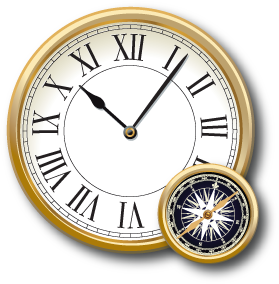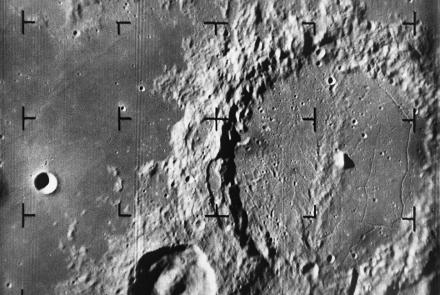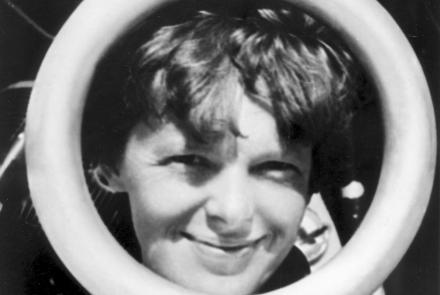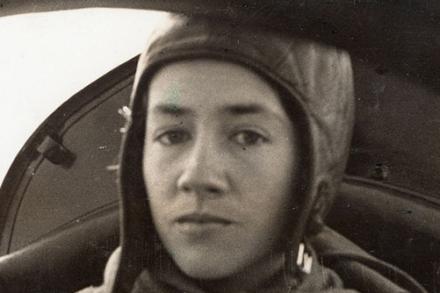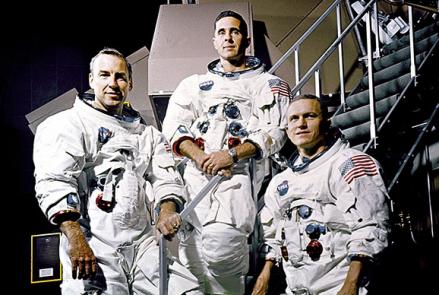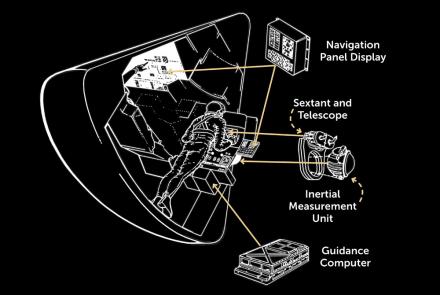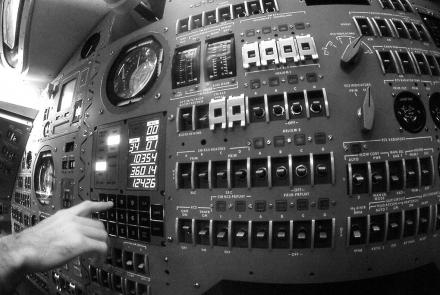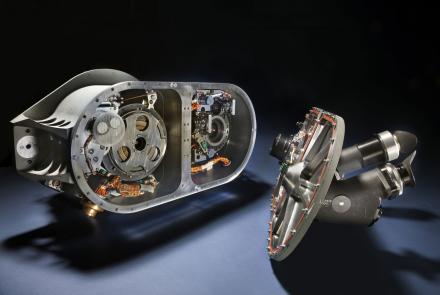Multimedia Gallery
- Topic: Significant Voyages
ANT-25 to California
First tested by Pioneer 4, this 26-meter antenna would later become part of the Deep Space Network.
Alphonsus crater taken by Ranger 9 Spacecraft.
Earhart's lack of familiarity with the Bendix radio direction finder was a significant liability.
Trained in celestial navigation by Harold Gatty
This scrap of paper was found in the Tingmissartoq’s octant case.
Left to right: Apollo 8 astronauts James A. Lovell Jr., William A. Anders, and Frank Borman.
Celestial navigation involved taking readings with a sextant that were automatically fed into the Apollo Guidance Computer.
Astronauts used celestial sightings to update data stored in this computer, which calculated the spacecraft’s velocity and location.
To determine position in space, an Apollo astronaut located a specific star using a telescope and then took a fix using a sextant.


